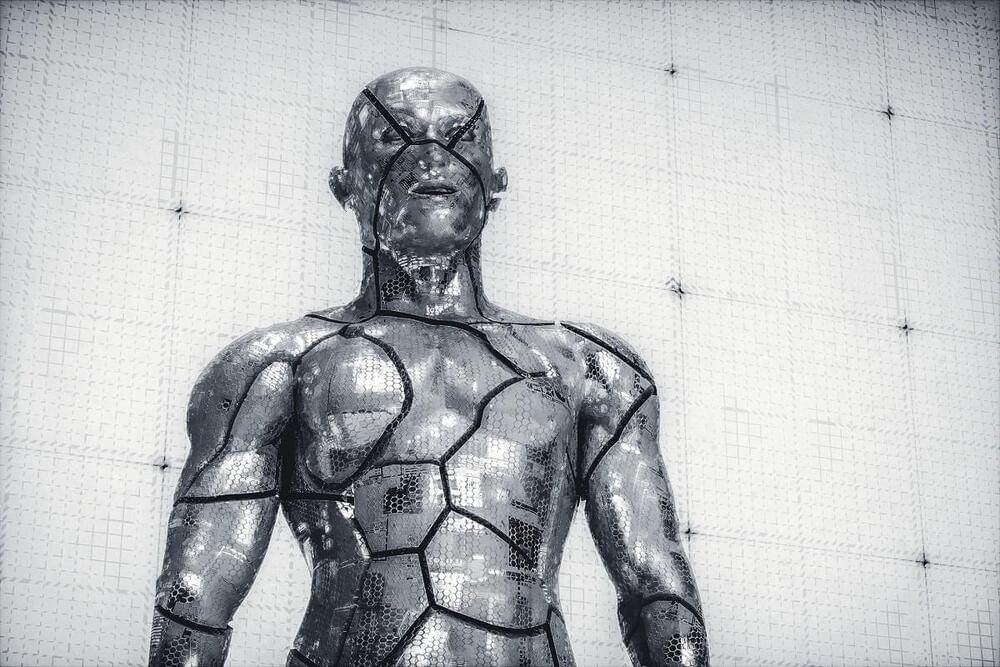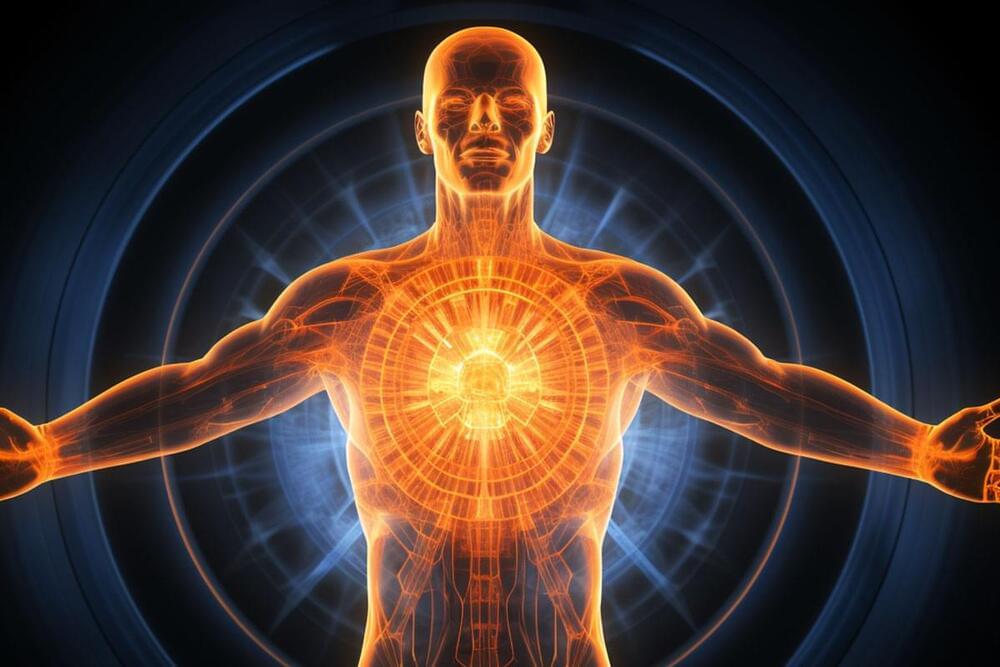Elon Musk has announced a new venture called xAI that plans to “understand the true nature of the universe”. Here’s what we know so far.


Elon Musk has announced a new venture called xAI that plans to “understand the true nature of the universe”. Here’s what we know so far.


AI startup Stability AI continues to refine its generative AI models in the face of increasing competition — and ethical challenges.
Today, Stability AI announced the launch of Stable Diffusion XL 1.0, a text-to-image model that the company describes as its “most advanced” release to date. Available in open source on GitHub in addition to Stability’s API and consumer apps, ClipDrop and DreamStudio, Stable Diffusion XL 1.0 delivers “more vibrant” and “accurate” colors and better contrast, shadows and lighting compared to its predecessor, Stability claims.
In an interview with TechCrunch, Joe Penna, Stability AI’s head of applied machine learning, noted that Stable Diffusion XL 1.0, which contains 3.5 billion parameters, can yield full 1-megapixel resolution images “in seconds” in multiple aspect ratios. “Parameters” are the parts of a model learned from training data and essentially define the skill of the model on a problem, in this case generating images.

Suumit Shah, a 31-year-old CEO of an e-commerce platform called Dukaan based in India, is getting torn to shreds online for firing 90 percent of the company’s customer support staff after arguing that an AI chatbot had outperformed them.
It was an unusually callous announcement that clearly didn’t sit well with plenty of netizens, as Insider reports.
“We had to layoff [sic] 90 percent of our support team because of this AI chatbot,” he tweeted. “Tough? Yes. Necessary? Absolutely.”

British health tech startup Twinn Health recently emerged from stealth, boasting an AI-powered platform that analyzes MRI scans to detect preventable disease “earlier than ever before.” Starting with metabolic disease, the company’s AI platform leverages validated imaging biomarkers to improve diagnosis and treatment decisions.
With age-related frailty and liver disease also on its roadmap, Twinn Health is positioning itself squarely in the domain of longevity and preventive healthcare. The company is supported by WAED, a $500 million venture capital fund backed by Saudi Aramco, which invests in innovative tech-based startups.
Longevity. Technology: Magnetic resonance imaging (MRI) has been used in healthcare for decades and is widely used in hospitals and clinics for the diagnosis and follow-up of disease. In recent years, AI tools have appeared that help identify the presence of specific conditions within MRI scans, but the technology is not yet widely used in healthcare to support healthspan and longevity improvements. Twinn Health aims to change that, combining MRI and AI to enable the early detection and management of multiple age-related diseases. To learn more, we caught up with founder and CEO Dr Wareed Alenaini.

A new solar-powered high-altitude drone has successfully navigated a stratospheric test, opening the door to a new set of possibilities for unmanned vehicles, not least in modern warfare.
The PHASA-35 solar and battery-powered unmanned aerial system reached an altitude of 66,000 feet during a 24-hour test flight launched from New Mexico in June, British defense giant BAE Systems said in mid-July.
The stratospheric test, which comes after the system’s maiden flight back in 2020, “marks a significant milestone” in the development program started in 2018, BAE said in a press release.
Robot Rollin’ Justin is a pioneer in testing how astronauts can control a machine on another world. He just finished a test on simulated sands of a Mars-like world.

All navigations reported in Fig. 2 were performed autonomously within 150 s and without intraoperative imaging. Specifically, each navigation was performed according to the pre-determined optimal actuation fields and supervised in real time by intraoperative localization. Therefore, the set of complex navigations performed by the magnetic tentacle was possible without the need for exposure to radiation-based imaging. In all cases, the soft magnetic tentacle is shown to conform by design to the anatomy thanks to its low stiffness, optimal magnetization profile and full-shape control. Compared to a stiff catheter, the non-disruptive navigation achieved by the magnetic tentacle can improve the reliability of registration with pre-operative imaging to enhance both navigation and targeting. Moreover, compared to using multiple catheters with different pre-bent tips, the optimization approach used for the magnetic tentacle design determines a single magnetization profile specific to the patient’s anatomy that can navigate the full range of possible pathways illustrated in Fig. 2. Supplementary Movies S1 and S2 report all the experiments. Supplementary Movie S1 shows the online tracking capabilities of the proposed platform.
In Table 1, we report the results of the localization for four different scenarios. These cases highlight diverse navigations in the left and right bronchi. The error is referred to as the percentage of tentacles outside the anatomy. This was computed by intersecting the shape of the catheter, as predicted by the FBG sensor, and the anatomical mesh grid extracted from the CT scan. The portion of the tentacle within the anatomy was measured by using “inpolyhedron” function in MATLAB. In Supplementary Movie S1, this is highlighted in blue, while the section of the tentacle outside the anatomy is marked in red. The error in Table 1 was computed using the equation.


The test is part of NASA and ESA’s future plans for controlling robots on the Moon’s surface from the lunar Gateway station.
NASA astronaut Frank Rubio recently controlled a small team of robots on Earth while flying aboard the International Space Station (ISS), a blog post from the European Space Agency (ESA) reveals.
The test was carried out in order to demonstrate and investigate the capacity for using remote-controlled robots for future lunar exploration.